The 5 Most Common Pet Hermit Crabs
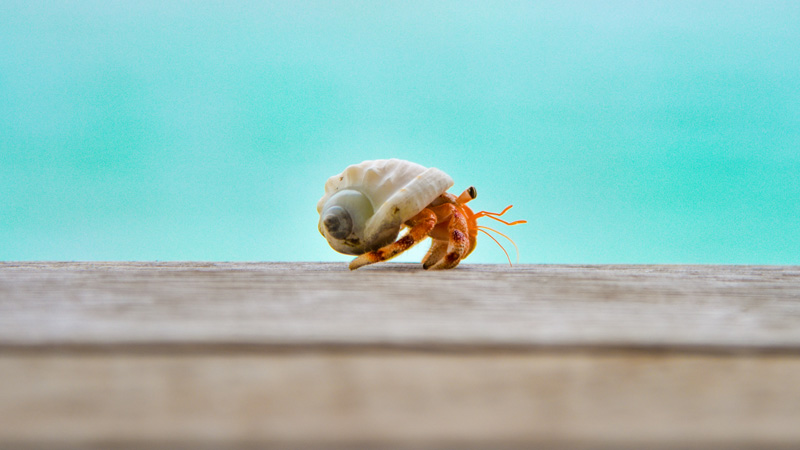
Photo by Ahmed Sobah on Unsplash
When it comes to unique and low-maintenance pets, hermit crabs are a popular choice among both children and adults. These fascinating creatures have captured the imagination of pet owners with their charming personalities and unusual lifestyle. While there are numerous species of hermit crabs in the world, five particular types have become the most common as pets.
In this article, we will take a deep dive into the world of hermit crabs and explore the characteristics and quirks of these beloved companions. So, without further ado, let's meet the five most common pet hermit crabs!
- 1. Caribbean Hermit Crab (10-20 years)
- 2. Ecuadorian Hermit Crab (8-12 years)
- 3. Australian Land Hermit Crab (10-15 years)
- 4. Strawberry Hermit Crab (5-15 years)
- 5. Indonesian Hermit Crab (5-10 years)
1. Caribbean Hermit Crab
10-20 years
The Caribbean hermit crab, also known as the Purple Pincher, is by far the most popular species of hermit crab kept as pets. These crabs are native to the coconut-laden shores of the Caribbean and the Western Atlantic. Caribbean hermit crabs are named after their large and distinctive purple pincers, which are essential for their survival and defense. They can reach sizes of up to 6 inches in length and are known for their vibrant colors and energetic personalities.
One interesting characteristic of Caribbean hermit crabs is their preference for shells with round openings. They have a habit of swapping shells, as they require larger shells to accommodate their growth. This behavior often leads to playful shell exchanges among hermit crabs, making them amusing pets to observe. Another fascinating fact about Caribbean hermit crabs is that they are efficient scavengers and enjoy a varied diet that includes fruits, vegetables, and even meat.
2. Ecuadorian Hermit Crab
8-12 years
The Ecuadorian hermit crab, also known as the E or Purple Pincher, is the second most common hermit crab species kept as pets. These crabs are native to the coastal regions of Ecuador, and they have distinctive purple pincers that give them their name. However, they are much smaller than Caribbean hermit crabs, reaching a maximum size of around half an inch in length.
Despite their small size, Ecuadorian hermit crabs are highly active and sociable creatures. They thrive in groups, making them a great choice for those looking to house multiple hermit crabs together. It is important to note that Ecuadorian hermit crabs require a moist environment and plenty of hiding spaces. They are skilled diggers and spend a significant amount of time burrowing into the substrate. Providing a suitable habitat with adequate substrate depth is crucial for their well-being.
3. Australian Land Hermit Crab
10-15 years
Native to the coastal regions of Northeastern Australia, the Australian Land Hermit Crab is another popular choice among hermit crab enthusiasts. These crabs are often referred to as Indo or Aussie crabs. Known for their reddish-orange coloration and unique patterns on their legs, Australian Land Hermit Crabs are truly striking creatures. They are slightly larger than the Ecuadorian hermit crabs, growing up to 2 inches in length.
Australian Land Hermit Crabs are renowned for their intriguing burrowing behavior. They possess a strong instinct to burrow into the substrate, which serves several purposes, including molting and regulating their body temperature. These hermit crabs are also impressive climbers and exhibit remarkable dexterity when navigating their surroundings. Providing a suitable habitat that includes various levels and climbing structures will help keep them engaged and happy.
4. Strawberry Hermit Crab
5-15 years
The charming Strawberry Hermit Crab derives its name from its vibrant red and white coloration, resembling a juicy ripe strawberry. Indigenous to the Indo-Pacific region, particularly the coasts of East Africa and the Indian Ocean, these crabs have captured the hearts of many hermit crab enthusiasts. With their colorful appearance and friendly disposition, Strawberry Hermit Crabs make a delightful addition to any hermit crab habitat.
These crabs have a slightly smaller maximum size than their Caribbean counterparts, growing up to 4 inches in length. Strawberry Hermit Crabs require a well-maintained habitat with a moist and humid environment, as they are susceptible to desiccation. Their diet primarily consists of fruits, vegetables, and protein-rich foods. Additionally, providing plenty of climbing structures and play areas will help keep these active hermit crabs stimulated and content.
5. Indonesian Hermit Crab
5-10 years
The Indonesian Hermit Crab, also known as the Rugosus or Ruggie for short, is a highly adaptable species originating from the shores of the Indian Ocean and the countries surrounding the Pacific. These hermit crabs boast a moderate size, with adults reaching lengths of up to 3 inches. They are recognized for their dark brown exoskeleton and the distinctive rough texture that gives them their name.
One notable characteristic of Indonesian Hermit Crabs is their ability to breathe both through gills during their early stages of life and through modified lungs as they mature. This adaptation allows them to inhabit a wide range of environments, including both coastal and terrestrial habitats. Indonesian Hermit Crabs require a habitat that consists of both land and water areas to accommodate their diverse needs. Providing fresh and saltwater sources is essential for their overall health and well-being.
In Conclusion
Hermit crabs have captivated the hearts of pet owners around the world with their unique appearances and endearing personalities. The Caribbean Hermit Crab, Ecuadorian Hermit Crab, Australian Land Hermit Crab, Strawberry Hermit Crab, and Indonesian Hermit Crab are the most popular species kept as pets due to their availability and compatibility with captive conditions.
It is essential to provide a suitable habitat for these creatures, ensuring that their environmental needs are met. Creating a comfortable and stimulating environment with proper substrate, temperature, humidity, and an array of hiding spots and climbing structures will contribute to their overall well-being. By understanding and respecting the natural instincts and behaviors of these extraordinary pets, we can provide them with a rewarding and fulfilling life in captivity.
So, whether you're drawn to the vibrant purple pincers of the Caribbean Hermit Crab or the charming red and white appearance of the Strawberry Hermit Crab, there's no denying the joy and wonder that these fascinating creatures can bring. Embrace the world of hermit crabs, and let their delightful presence enhance your life!
You May Also Like
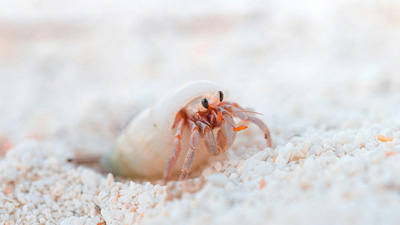 Other PetsIs a Hermit Crab a Vertebrate or Invertebrate? (Invertebrate)
Other PetsIs a Hermit Crab a Vertebrate or Invertebrate? (Invertebrate)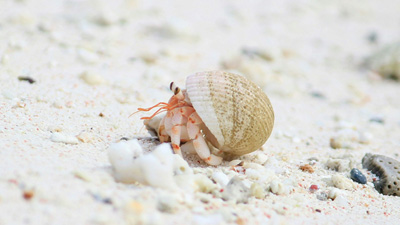 Other PetsDoes a Hermit Crab Have a Backbone?(No, Invertebrates)
Other PetsDoes a Hermit Crab Have a Backbone?(No, Invertebrates)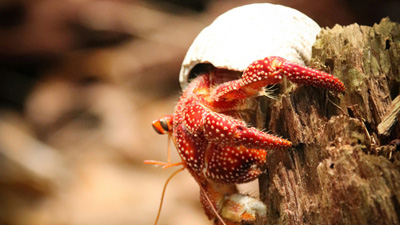 Other PetsHow Big of a Tank Does a Hermit Crab Need? (10-20 gallon)
Other PetsHow Big of a Tank Does a Hermit Crab Need? (10-20 gallon)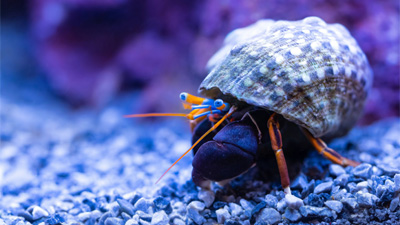 Other PetsCan Hermit Crabs Live in Tap Water?
Other PetsCan Hermit Crabs Live in Tap Water?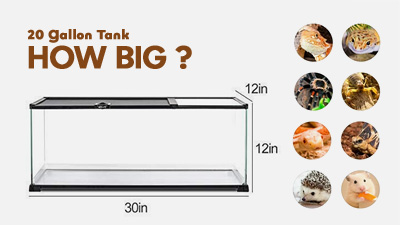 Other PetsHow Big is a 20-Gallon Reptile Tank in Inches?
Other PetsHow Big is a 20-Gallon Reptile Tank in Inches?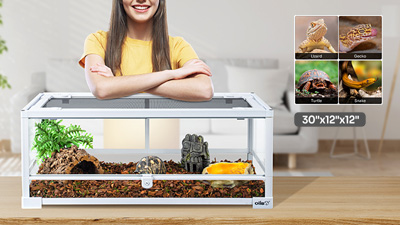 Other PetsThese 5 Reptiles Are Suitable for a 20-Gallon Tank
Other PetsThese 5 Reptiles Are Suitable for a 20-Gallon Tank